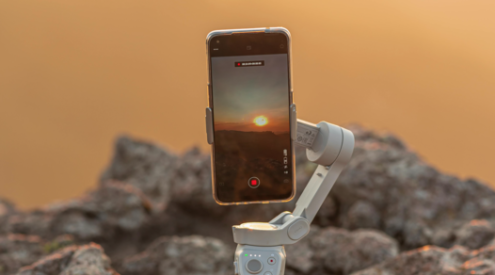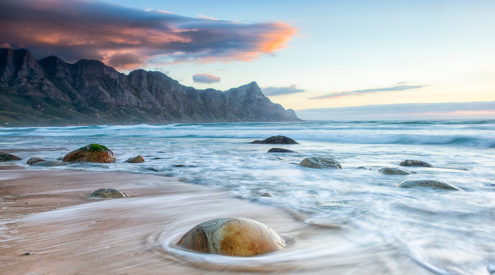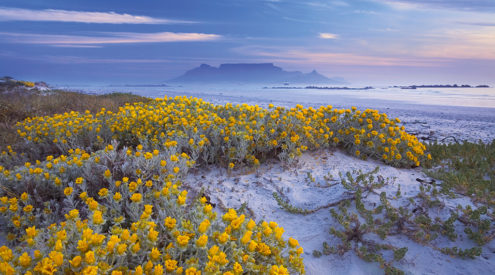Motion blur may be a little passé these days but, done well, this easy-to-master technique can transform travel and wildlife images into masterpieces.
When you take a picture, light reflecting from the subject hits the camera’s sensor and is recorded. If the shutter opens and closes very quickly, there’s no time for light from moving portions of your image to “˜smear’ across the pixels of your sensor. However, as shutter speed slows, the “˜smear’ of light increases. Many photographers use this to make fantastic images.
With moving subjects, shooting slow exposures from a tripod can emphasise the movement of your subject relative to its background. The subject in motion is blurred while all around it is pin sharp. Think of those shots you may have seen of ghost-like waterfalls and rivers.
Pan with your subjects
Another simple technique is to pan with or follow your subjects. This means that, relative to your camera, the subject in motion is steady and the background is moving. Consequently, the subject in motion is sharp while the background is completely blurred. Think of wildlife photographers shooting moving animals or herds, or motoring journalists trying to emphasise the speed of a car. Ironically many of the motion shots used in car adverts are shot using very slow exposures while pushing the car by hand.
The amount of blur is dependent on four factors:
- The angle of motion relative to the camera: subjects moving perpendicular to the lens blur more than subjects moving towards the lens.
- Speed of the subject: the faster the subject, the more it blurs.
- Magnification of the lens: the bigger the focal length of the lens, the more the subject will blur.
- Distance from the lens: the closer a subject is to the lens, the more it blurs.
Do it yourself
Firstly, find a suitable subject; cars passing on a road in the early evening work well. Set your camera to aperture priority and select a high f-stop (a small aperture – try f11 and above) that results in slow shutter speed. See below for the shutter speeds at which certain subjects will begin to blur.
Try both techniques. With your camera on a tripod, shoot scenes of passing cars and watch how they blur and the lights streak. Next take your camera off your tripod and pan evenly with your subject as it passes, snapping shots as you go.
Guideline shutter speeds
Approximate shutter speeds for a short zoom lens – 55 to 90 mm – that will begin to blur on a subject moving at the following speeds approximately 30 metres away.
Walking 1/30th
Running 1/60th
60 km/h 1/125th
120 km/h 1/250th
















